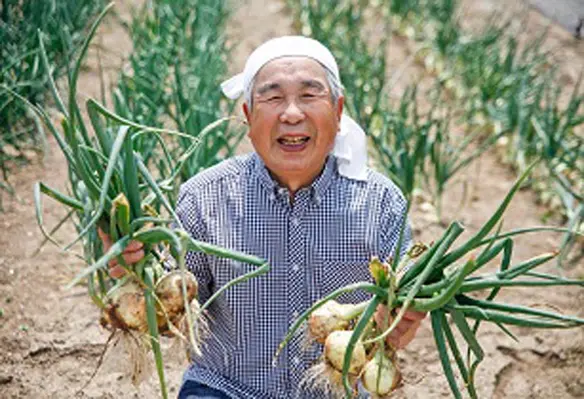The Japanese Government is looking towards mechanisation in the agriculture sector to address the country’s workforce shortage due to an aging population
As a result, many farms in Japan are turning to technology to address the workforce shortage such as Ishihara Food, a factory in the western prefecture of Kyushu.
In 2020, the average age of 250,000 workers in agriculture was 67.7 years, with only 23,000 people being under 49 years. Initially, the Japanese Government worked towards importing labour from abroad to address the worker shortage, although difficulties arose from the pandemic. Since then, mechanisation of agriculture has been a cost-effective and practical solution.
The move towards mechanisation has several benefits; for one, it saves money on labour costs with only the occasional maintenance needed. It also addresses difficulties in communication between workers of different backgrounds who were brought in as imported labour.
However, one of the potential downsides is the impact this has on employment. While machines can increase efficiency and reduce labour costs, they also replace human workers, potentially leading to job losses. This could exacerbate existing social conditions, particularly in rural areas where opportunities are already limited.





